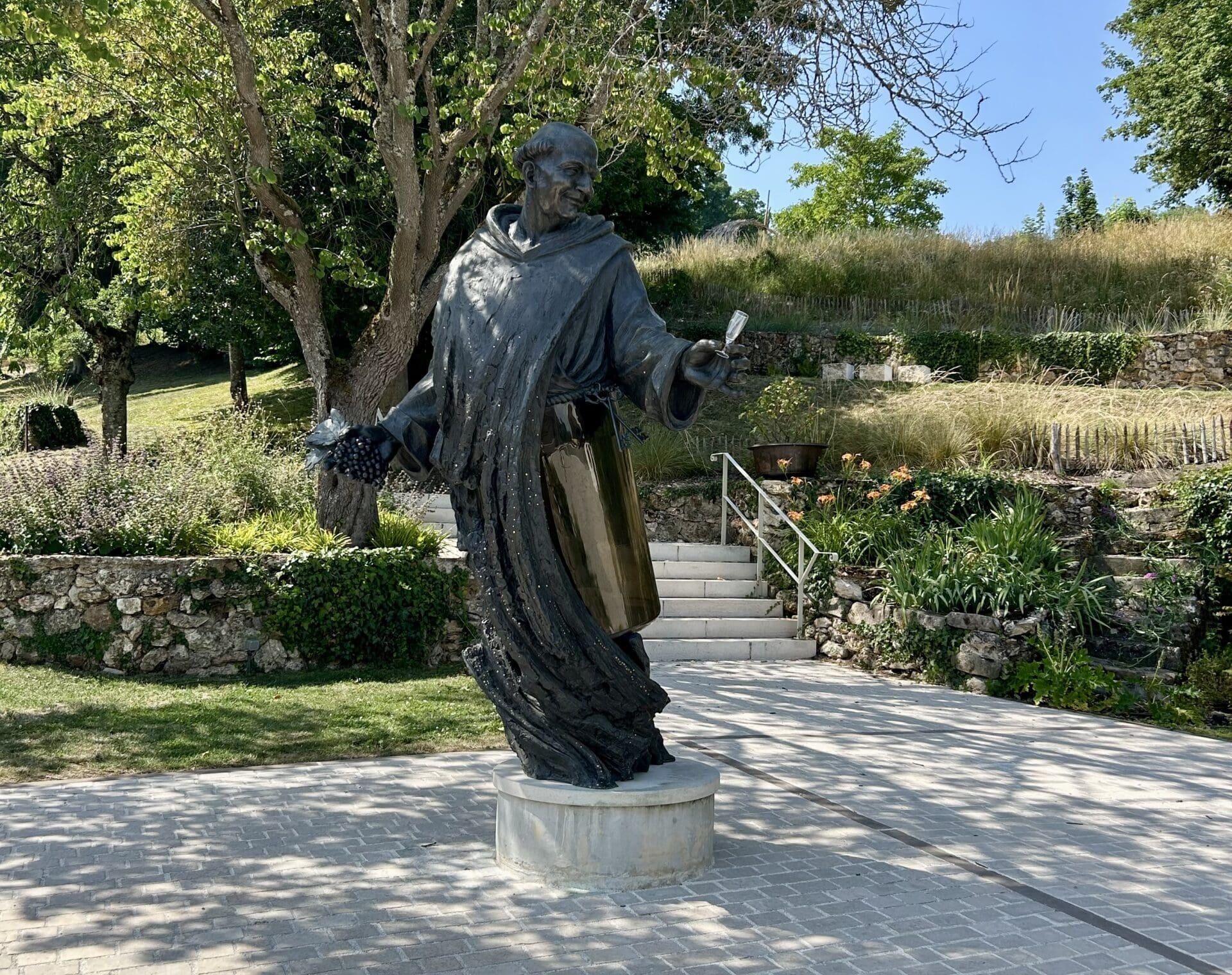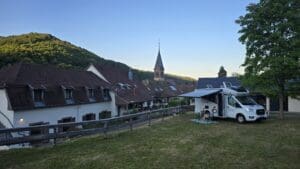After a fantastic week in Alsace, which you can read about herewe travelled on towards Champagne. It had now been incredibly hot for several days and we felt that if we didn't get some coolness soon, we would freeze. Living in a campervan when it's over 40 degrees is really no fun!
We talked before the trip about maybe staying in a hotel for a night now and then. A big shower, a wide bed and AC is not so bad. One does not have to exclude the other, you can have both motorhome cosiness and hotel comfort.
The hotel tank turned out to be a real stroke of luck. In Aÿ we found the camping house Sacret which has a B&B with large, lovely rooms and most importantly, AC. Here we had a nice champagne tasting together with a couple from Denmark and a couple of guys from Hong Kong. Together we had a great evening with lots of champagne and chat well into the small hours.
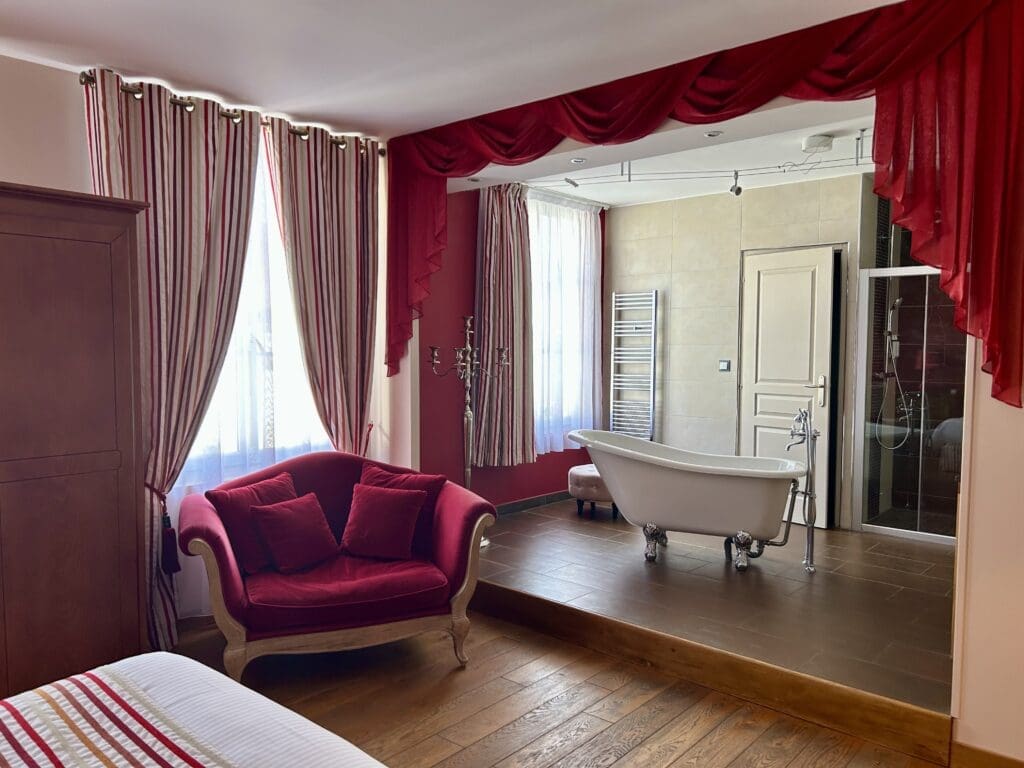
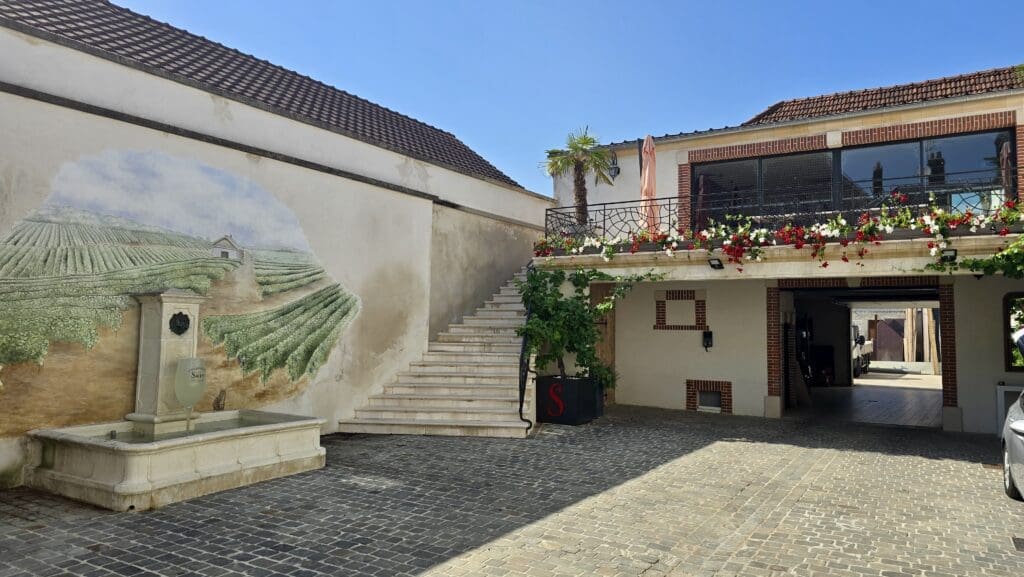
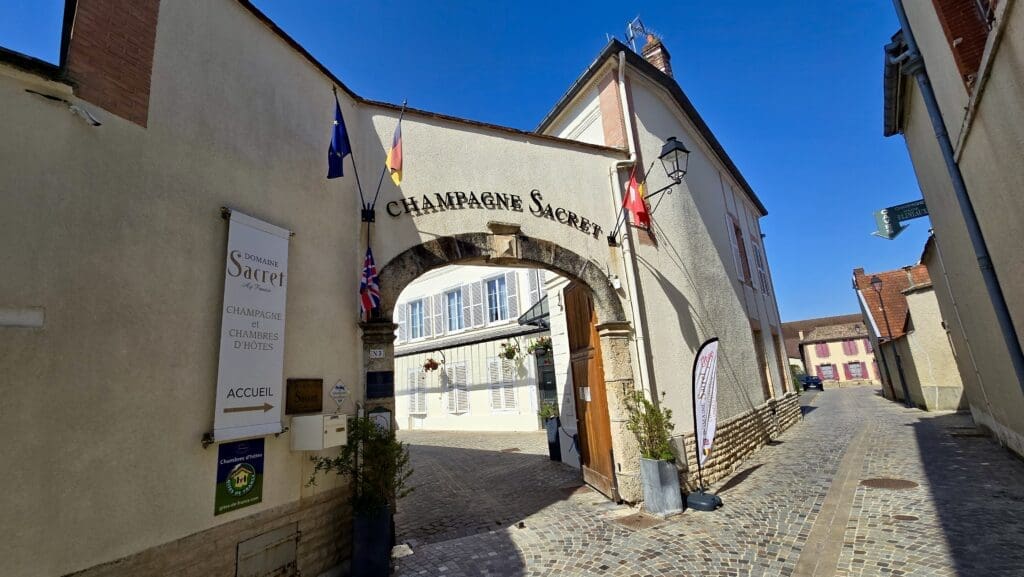
We had looked around at hotels in both Épernay and Reims, but settled on the smaller town of Aÿ, which we had not heard of before. There are many champagne houses here and around the town are several Grand Cru vineyards. For example, you can visit Bollinger or Deutz in Aÿ. We arrived in Aÿ before the tourist season started for the summer so it was quiet and almost a bit sleepy. However, it doesn't feel like there are ever as many tourists here as in the bigger cities. The selection of restaurants and bars is quite small, but there are still some good places. For example, we found the restaurant LE19CENT60, which on the outside looks like a rather boring pizzeria but turned out to be a really charming neighbourhood restaurant with good food. If you get tired of Aÿ, you can always take a taxi to Èpernay, which is only half a mile away. Many hotels, such as Sacret, also have electric bikes for hire.
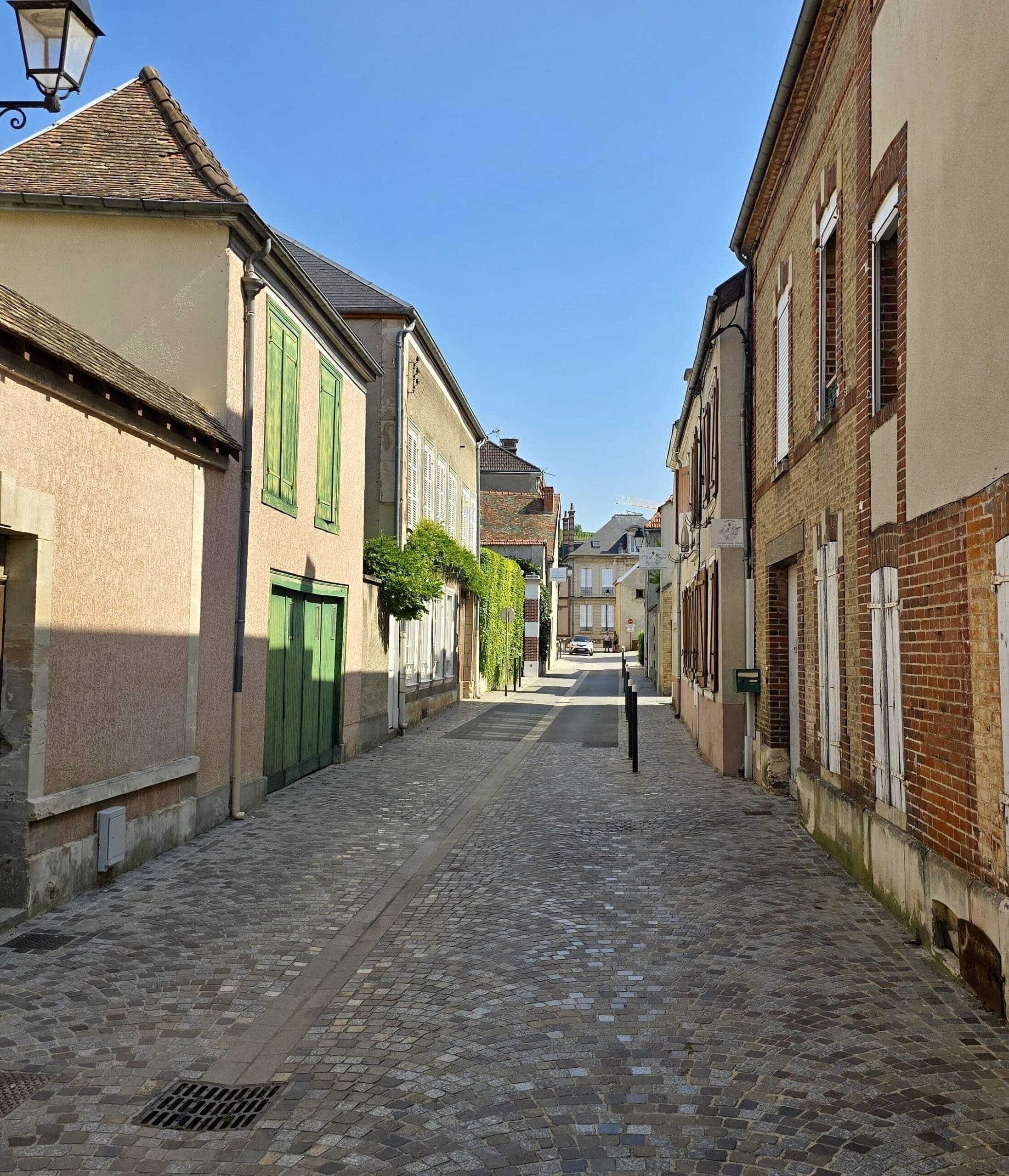
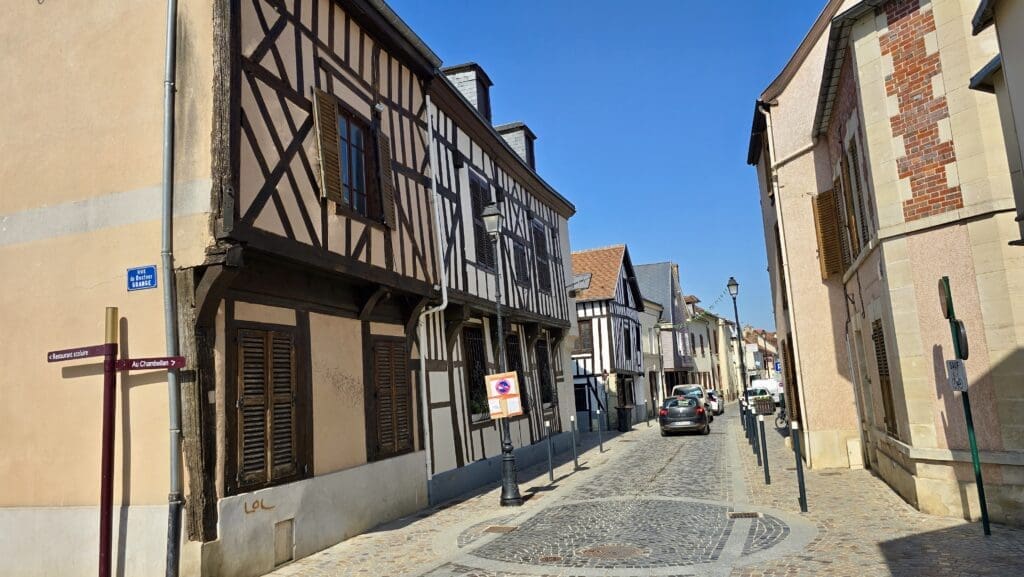
On the edge of the city centre is Pressoria, a museum entirely dedicated to Champagne. It's an educational and fun museum where you'll learn all about the grape's journey to Champagne. In this interactive museum you can experience all the seasons of the year, smell the grapes and, of course, end the tour with a champagne tasting on the roof terrace overlooking the vineyards.
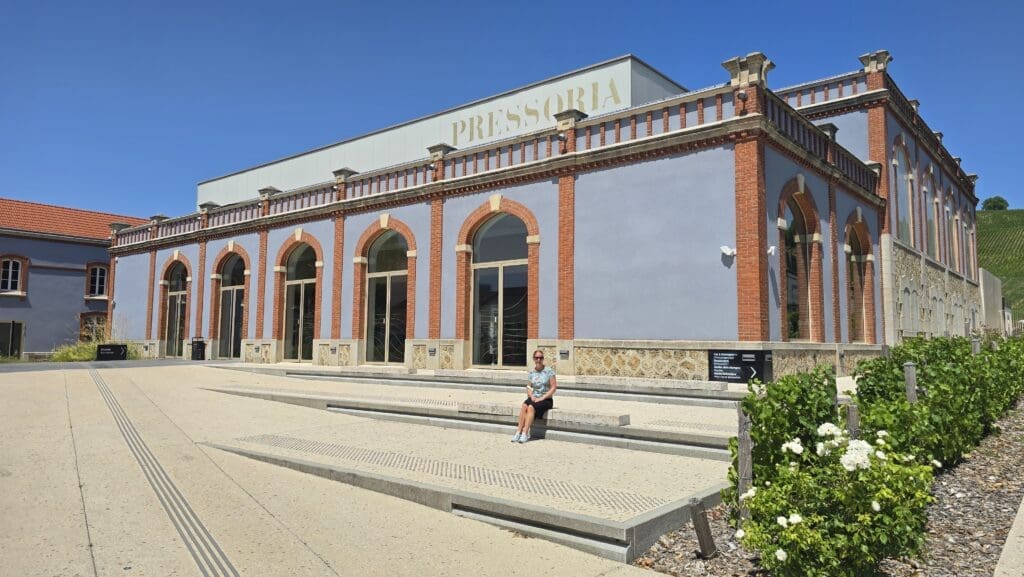
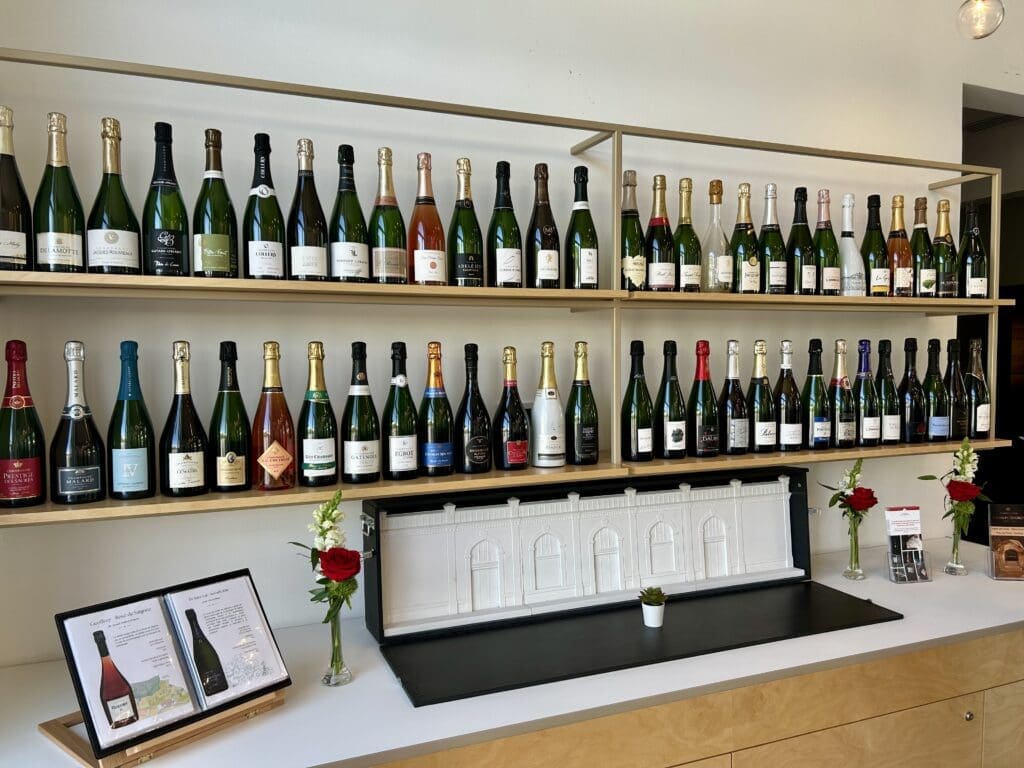
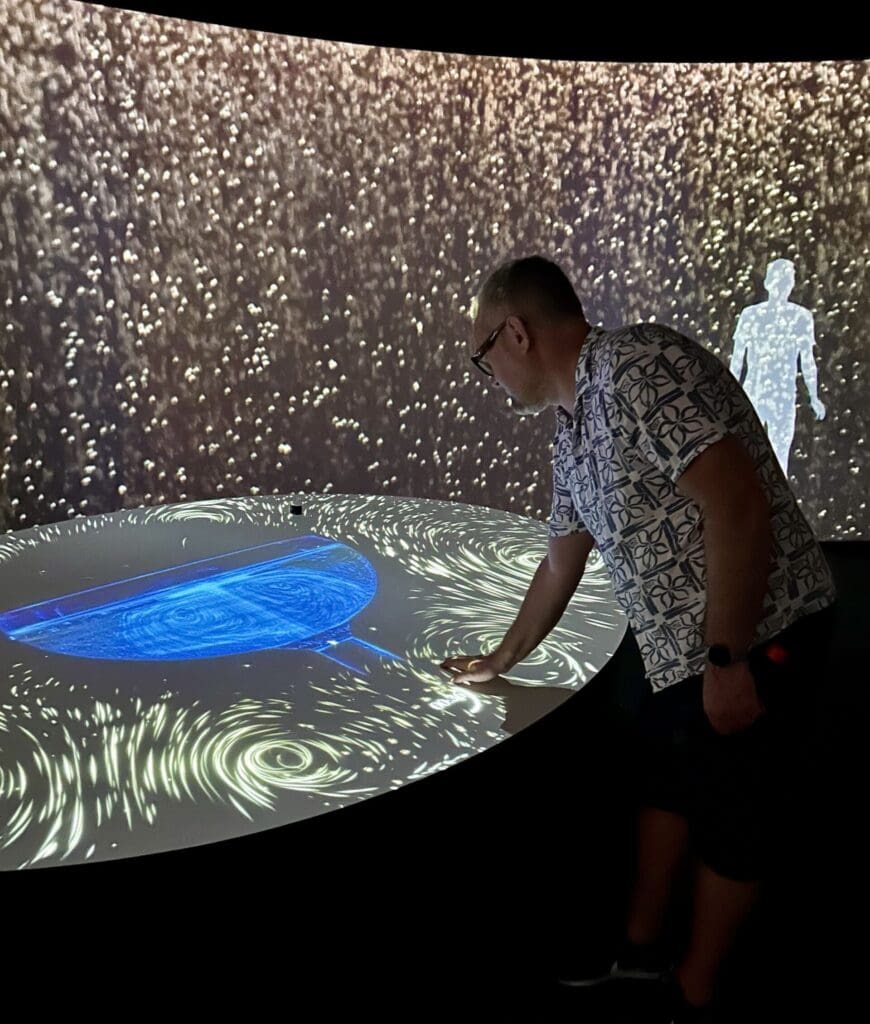
After a much-needed hotel break, we were now ready again and we continued towards Épernay. Here it is the parade street Rue de Champagne that is the city's signature but the city is nice to just stroll around. It is a walkable city with its approximately 25,000 inhabitants. The avenue is definitely worth a visit even if it is perhaps a bit flashy and commercial. A "tourist must" is to take a selfie at the Dom Pérignon statue outside the Moët & Chandon champagne house. While you're at Moët, book a wine cellar tour or just have a glass of bubbly at their bar. Keep in mind that a tour may need to be booked well in advance.




Along the entire avenue, the champagne houses are in a row until you finally arrive at a number of residential buildings with apartments, fun residential address anyway. 🙂 If you turn back towards the centre instead, you'll find La Banque, a really good restaurant in a former bank premises.






Before leaving Épernay we visited the champagne house Charles Mignon for a wine cellar tour and tasting. Even though it is a relatively large supplier, we still experienced the tour as familiar and personal. We had a really nice afternoon and met some other Scandinavian tourists who gave us tips for a future destination on the list, namely Finland.



On our way to Reims, we made a quick stop in Hautvillers, the village where the monk Dom Pérignon worked and where he is also buried. Dom Pérignon is said to be the father of champagne, which is not really true, although he experimented a lot with winemaking and has contributed greatly to the success of champagne. The first documented bubbly actually comes from England in the 17th century, but it was not talked about in Hautvillers. 🙂



Reims is much bigger than Èpernay and a bit more pompous, but it has an exciting centre with many old buildings. There's also the Porte de Mars, one of Europe's largest and best-preserved Roman triumphal arches. Of course, you'll find several of the great champagne houses in Reims, including Taittinger and Veuve Clicquot. However, the houses are scattered around the city and its outskirts, so you'll need a good pair of walking shoes or a bicycle to get around best.


Not to be missed in Reims is the great Notre-Dame Cathedral, a magnificent 13th-century Gothic cathedral. This is where the kings of France were crowned until the abolition of the monarchy. The cathedral has been burnt or damaged several times over the years, most recently at the end of the First World War, but has always been restored and has been a UNESCO World Heritage Site since 1991.



Our days in Champagne ended at the small-scale winemaker Hanon-Flury. The family has a vineyard in the village of Sermiers a quarter of an hour from Reims and offers two parking spaces for a motorhome on their farm. Once settled in, we had a tasting of the house's various champagnes while hearing about their work with the farm and their thoughts on winemaking. It really is so much more fun to meet the winemakers themselves out on their farms than to walk around in flashy showrooms. It's more personal and feels more genuine.
To honour his grandfather, the winemaker has created his best champagne with a production of just 50 bottles. One of these bottles came home with us. We are saving it for the wedding day.



